
Gardening is not for the faint of heart. There’s a lot of information to balance if you want to have success with your plants.
But while you’ve been fiddling with your fertilizer levels and optimizing each plot’s acidity, you might not be giving enough thought to the other creatures that inhabit your growing space.
Nematodes, for instance, can be helpful or harmful to your garden depending on what kinds are present and how you choose to deal with them.
There’s a lot of misconceptions about these little-known dirt dwellers, but this article will give you the background you need to understand the importance of nematodes and why (some species) are great for your garden.
What are Nematodes?
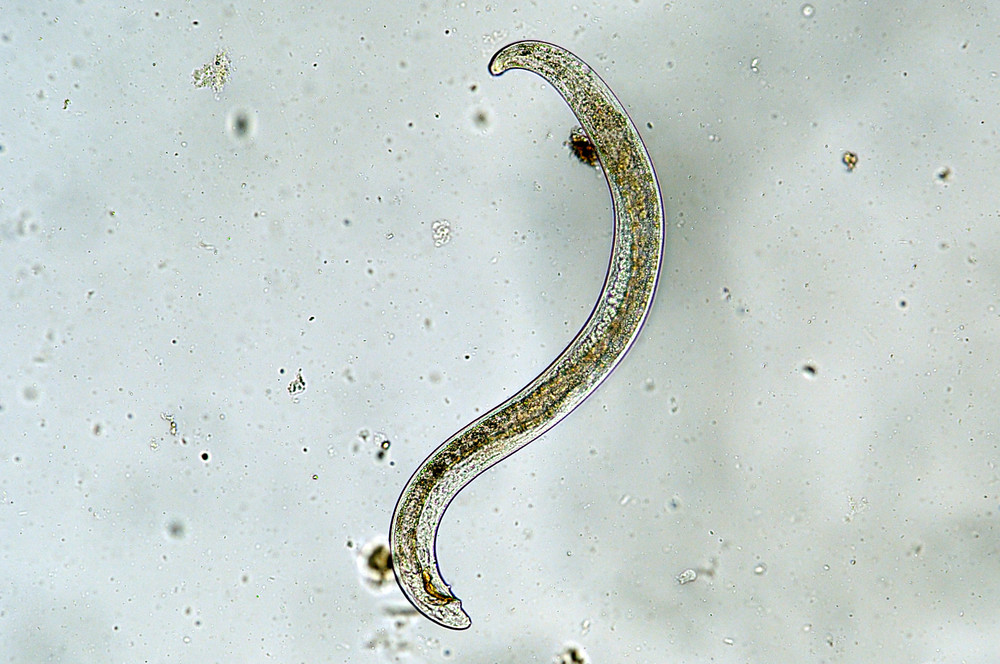
It’s a nematode world, and we’re all just living in it. Though you likely give them little thought, nematodes are the most numerous multicellular animals on earth.
A single handful of garden soil can contain more than a million individuals, but don’t assume you’ll be able to see them squirming around. In fact, you need a microscope to make most of them out.
There are exceptions though, as some species can get over a meter long.
Though they are often called roundworms, nematodes are only distantly related to true worms. Instead, they are classified as multicellular insects with unsegmented bodies.
Most adults are long and slender looking, while some species are pear-shaped.
Nematodes are found everywhere from the depths of the ocean to frigid alpine climates.
Some people even suggest that they are so numerous that if you removed everything on the planet but these small worms, things would still be recognizable because of the thin layer they coat everything with.
Using Nematodes for Biological Control
Scientists have known since the late nineteenth century that nematodes can make an impressive difference in the health of your garden.
While interest in cultivating the right kinds diminished somewhat after the invention of synthetic pesticides, gardeners today are gaining a renewed interest on relying on this all-natural management strategy.
Beneficial nematode species can enrich your garden soil by breaking down organic materials and feasting on unwanted insects, while other species can cause severe damage to plants by injecting saliva into their cells and sucking out their juices.
Plants respond to this threat by swelling up, having specific branches or leaves die off, or undergoing distorted growth.
Some unwanted nematodes also contain viruses and bacterial diseases that they inject into plants while feeding.
Most known nematode species aren’t harmful to your crops, but a handful of species can cause problems for plants and animals alike.
Understanding the difference will help you put measures in place to keep your garden safe.
How to Identify a Nematode Invasion
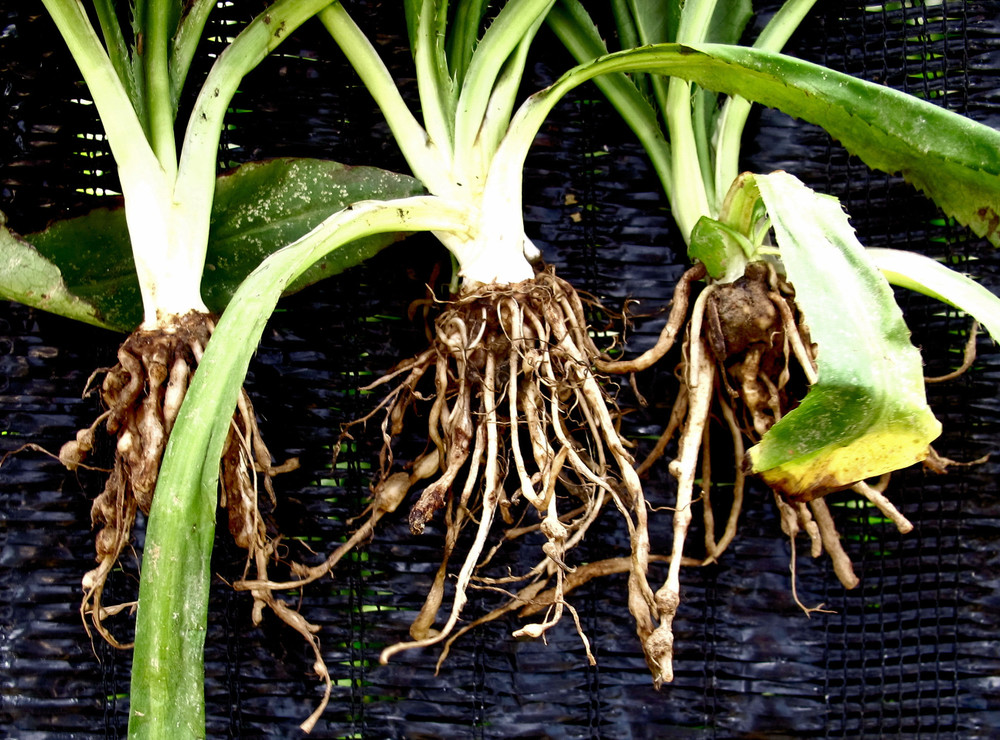
Part of the problem with nematode damage is that it is difficult to diagnose.
Infestations rarely produce characteristic symptoms, so the invasion is often attributed to other factors like nutrient deficiencies or fungal growth.
The best way to understand nematode damage is to think of them acting as a network of tiny needles that stab and suck at plant roots.
Over time, this drains away the moisture within the plant, leaving it weaker and more vulnerable to health problems.
Some types of nematodes feed on plant’s outer surfaces, while others burrow into tissues where they damage the plants from the inside out.
Though each nematode is small, their collective damage can dramatically reduce a plant’s uptake of water and nutrients, which puts it at risk of other biological forces as well as environmental factors like drought or heat exposure.
How can you tell if your garden has nematode damage?
Pull up a few plants and look for small bumps along the underground portion of the stem. Other plant problems caused by nematodes include the following:
- Lesions, discoloration, and other vulnerabilities at the site of penetration
- Loss of plant vigor
- Reduced size and quality of fruit
- Contributes to the early death of plants
- Open lesions provide an access point for fungal or bacterial infections
Some of the most common victims of nematode damage include potatoes, peppers, tomatoes, corn, carrots, and lettuce species.
How to Take Care of a Nematode Infestation
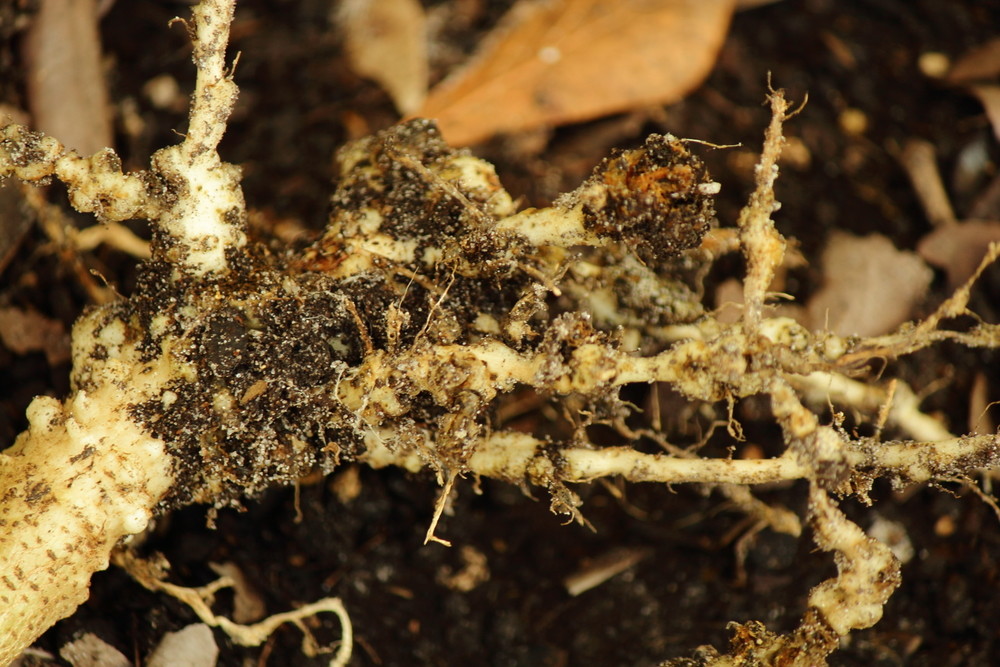
If you see evidence of nematode damage on your plants, it’s likely already too late to help them.
Unfortunately, the only real way to deal with an invasion is to remove the host material (your plants) completely.
While nematode-killing chemicals exist, they aren’t easily accessible for homeowners. This means that prevention is your best strategy.
One of the best ways to keep nematodes in check is to practice crop rotation. This prevents their populations from becoming overconcentrated in any particular area.
Another option is to amend your garden with organic material through compost.
This incorporates many beneficial organisms to your soil structure, which keeps nematode populations in check.
Finally, consider planting nematode-resistant plant varieties as much as possible.
If you aren’t sure whether nematodes are posing a problem in your garden, consider undergoing a soil test from your local Extension Service.
How to Improve Beneficial Nematode Levels in Your Garden
Considering the damage that certain species can cause, why would you strive to boost your garden’s nematode population?
It turns out that these subtle soil dwellers can actually make an impressive difference for soil fertility and plant health.
The right varieties will break down organic material so that the nutrients are more accessible for plant roots, making them an asset for your compost pile.
Other types also work to keep pest species in check, like weevils, cutworms, and various grubs.
In the same way that some nematode species latch on to plant cells, others attach to and kill other insects by injecting them with deadly bacteria before feeding on them.
Still others feast on potentially dangerous bacteria and fungi, consequently preventing them from harming your plants.
Applying Beneficial Nematodes
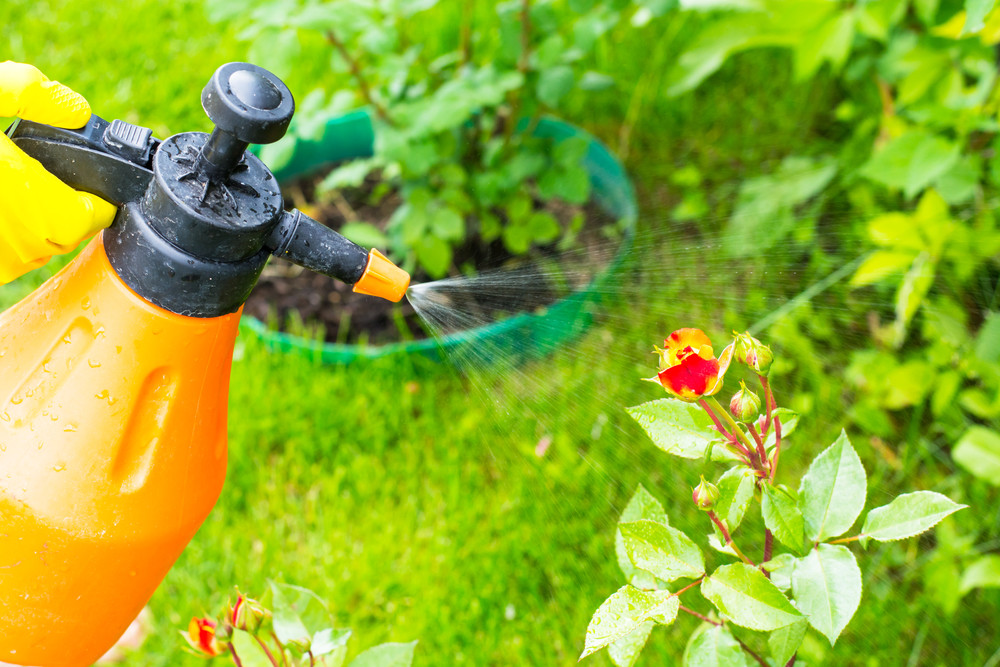
One of the best ways to cultivate beneficial nematodes is to purchase some and incorporate them into your garden through a topical spray.
Selecting the right species is critical, as different nematodes are effective against specific pests.
One species that makes sense to start with is Steinernema feltiae, as it works as general pest control measure that targets more than 200 kinds of pests.
You can find this species sold under brand names like BioLogic and Nemo Globe.
Other types of beneficial nematodes you can purchase include steinernema carpocapsae (for flea control) and h. baceriophora (for grub control).
It’s standard practice to apply nematodes to your soil through a sprayer.
For convenience, you can also use a watering can. Be sure to read all included instructions carefully so that you apply the right concentration for the results you want.
Make sure you apply your spray in the evenings or on an overcast day. Nematodes are sensitive to UV light and don’t last long in new environments when in direct sunlight.
Of Note: Nematodes aren’t aquatic, so you need to be careful while preparing the spray so that you don’t harm the population. In most cases, this means that you should apply the blend as soon as possible after mixing it.
Keeping Beneficial Nematodes for Future Use
Since nematodes are living organisms, it’s best to use them as soon after you receive them as possible.
If that’s not possible, store them in the refrigerator, taking care that the temperature isn’t cold enough to freeze and kill them (38-42°F is best).
After any prolonged storage, it’s best to check your nematode’s viability before applying them.
Start by placing a small amount in a clear container, preferably a petri dish.
Add a drop or two of room temperature water, and watch after a few minutes for any sign of movement. This means that the nematodes are alive and swimming, and ready to be added to your soil.
Use Nematodes for Better Gardening Results
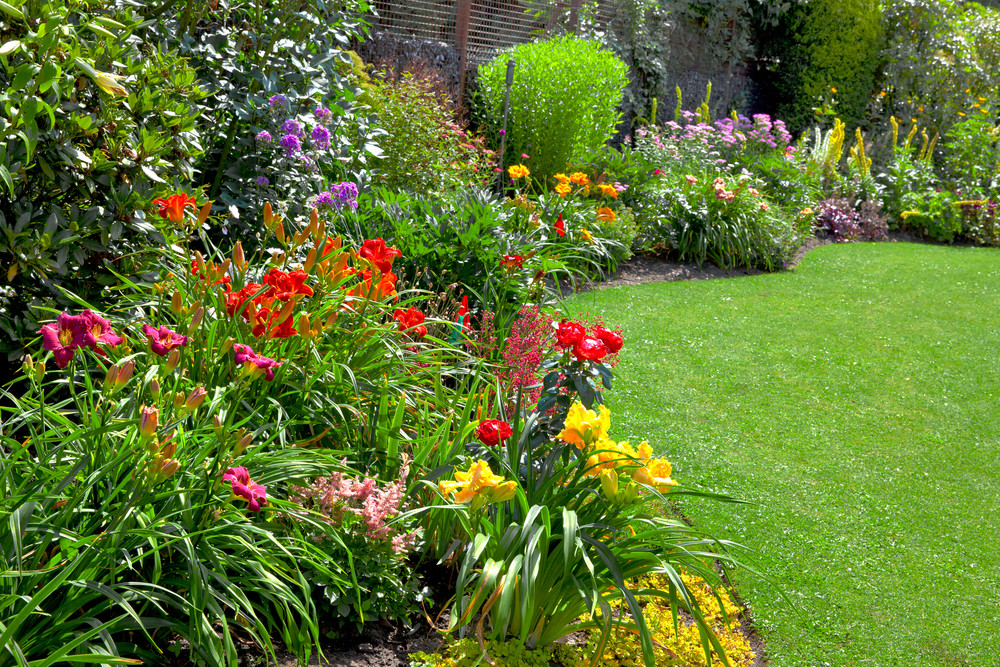
Beneficial nematodes are a smart biological solution to your garden’s biggest problems.
While investing in a few million roundworms won’t solve your soil problems overnight, they will help you set up a foundation for stronger systems.
Within a few generations, your nematode infusion can increases to the point that it keeps pest populations in check, and that includes unwanted nematode species as well.
So, instead of reaching for the potentially toxic pesticide the next time your greens are chewed to pieces by aphids, consider investing in a few million nematodes instead.
You’ll be amazed at the difference.
